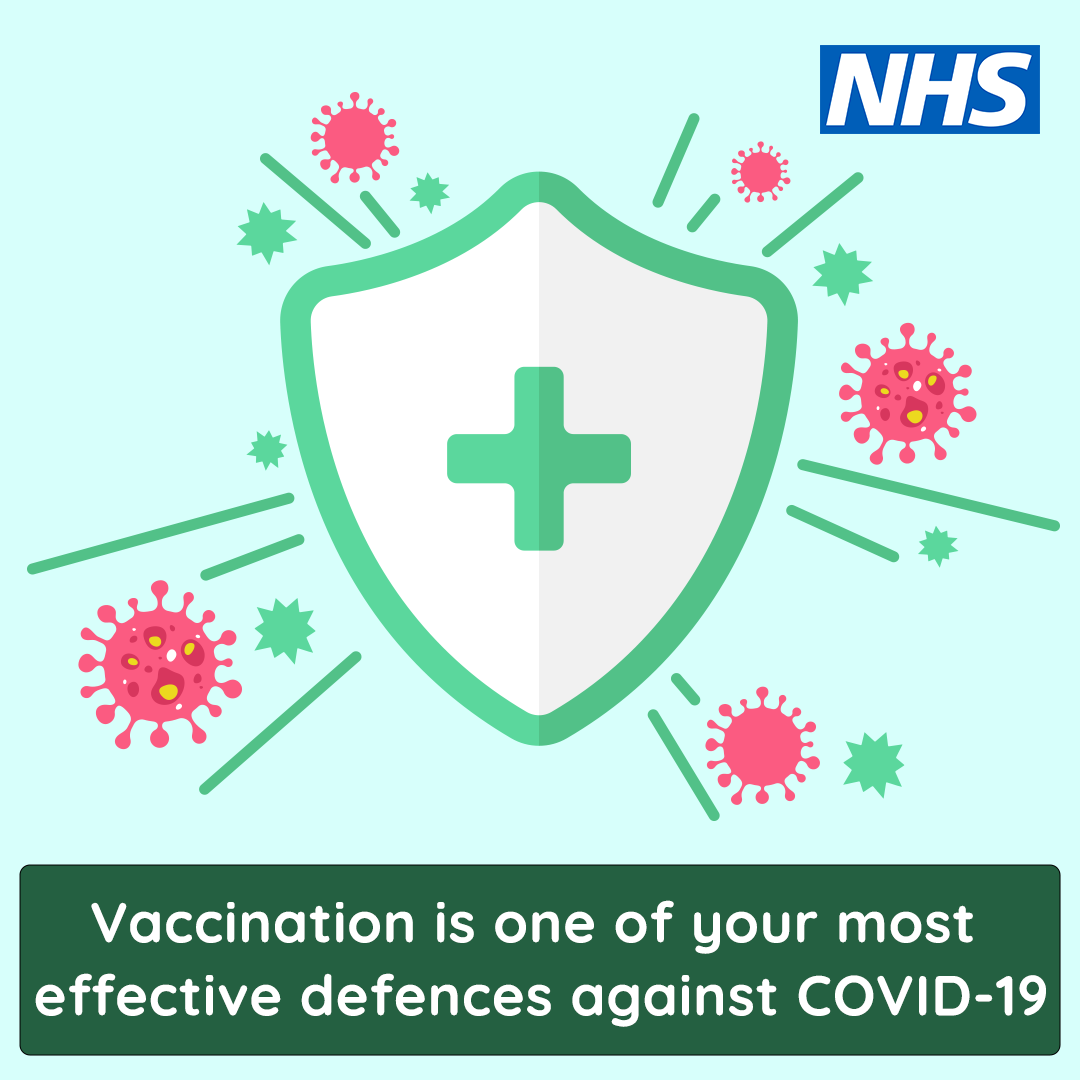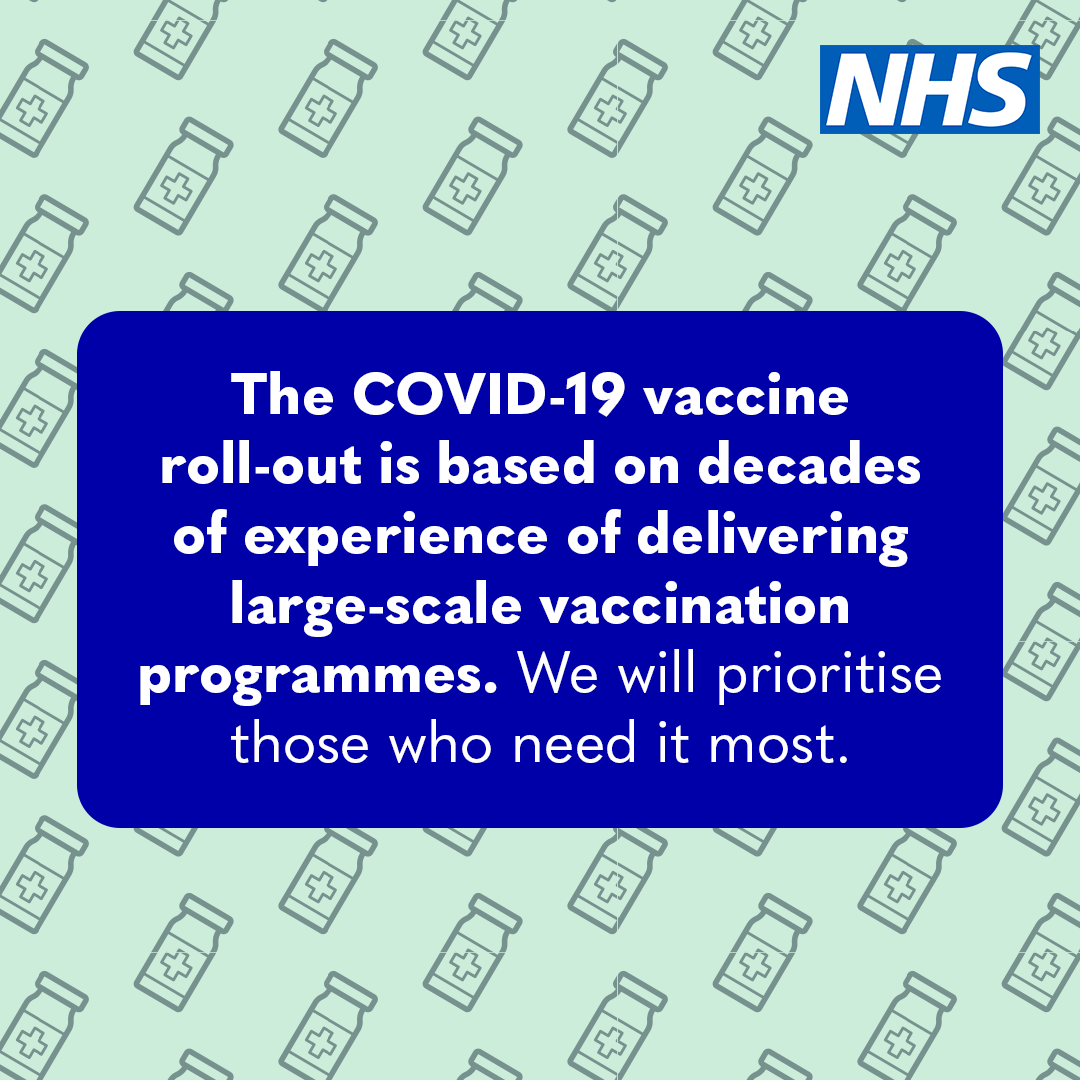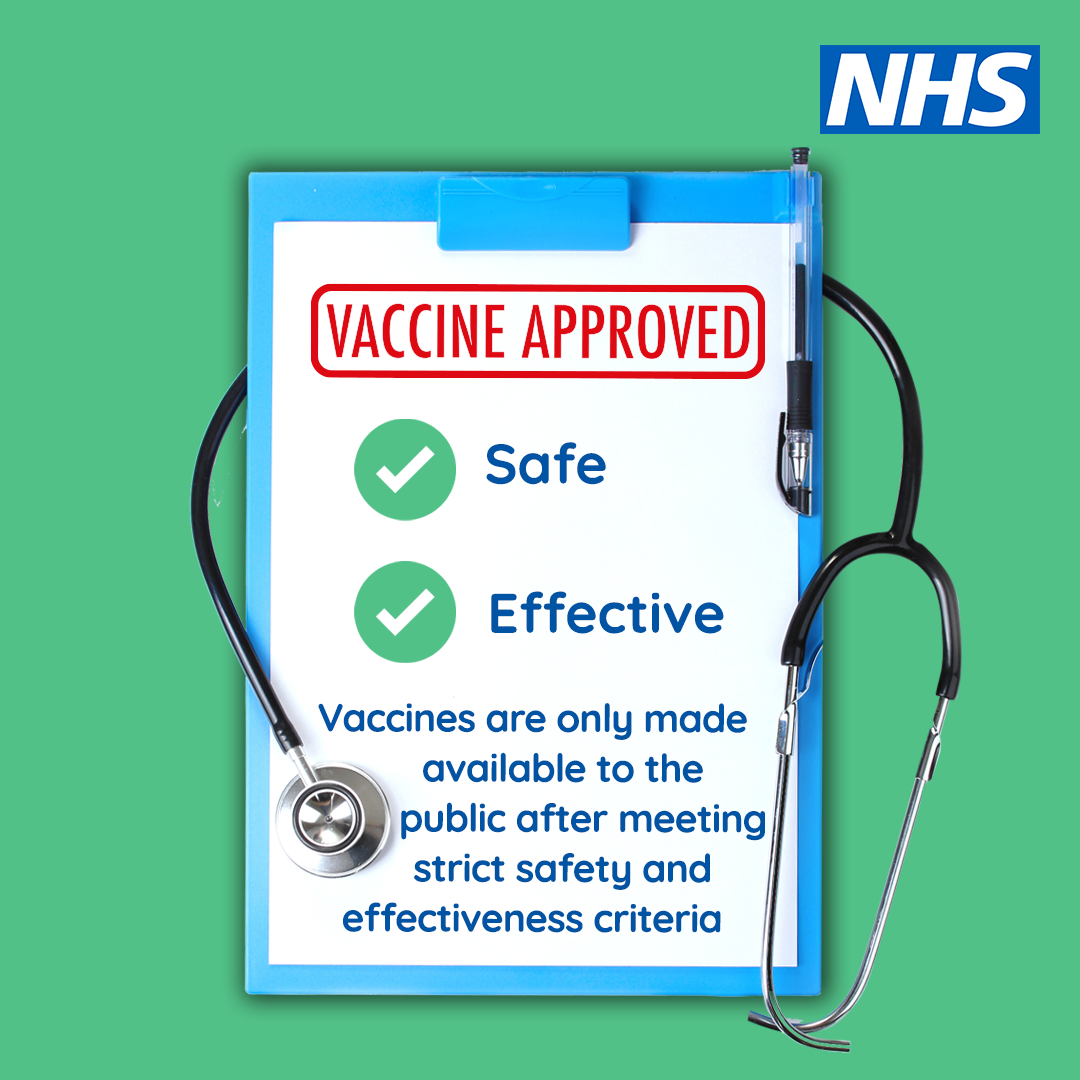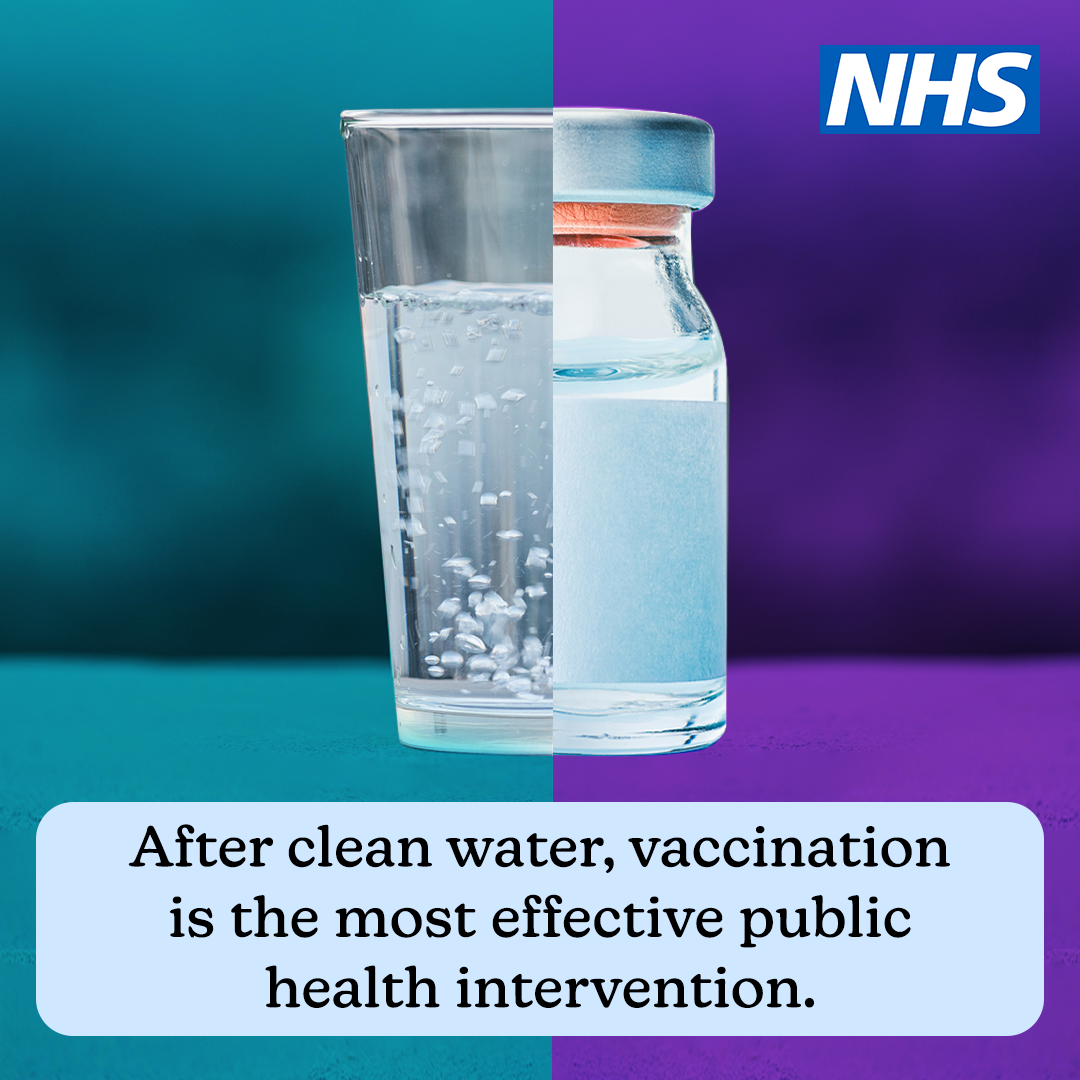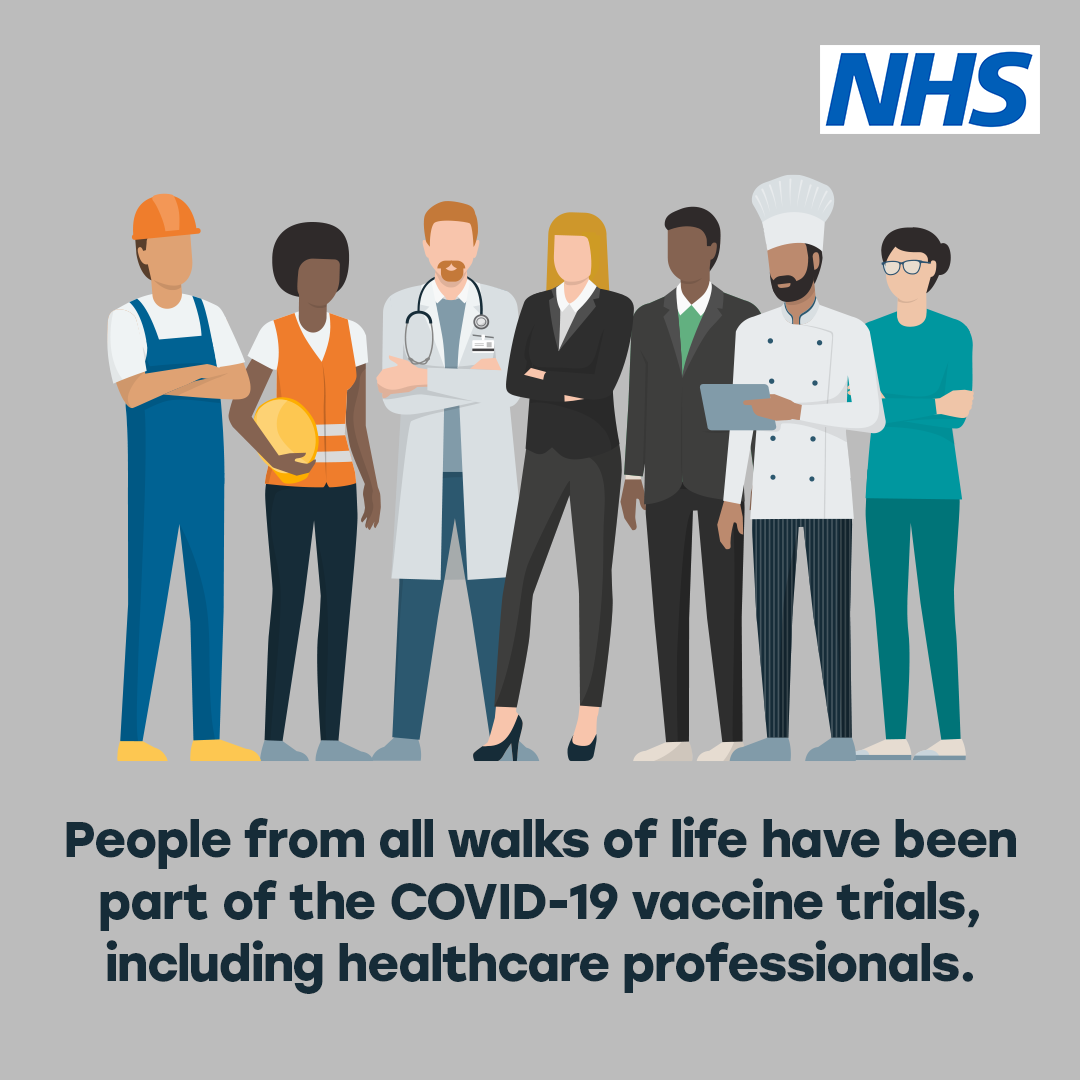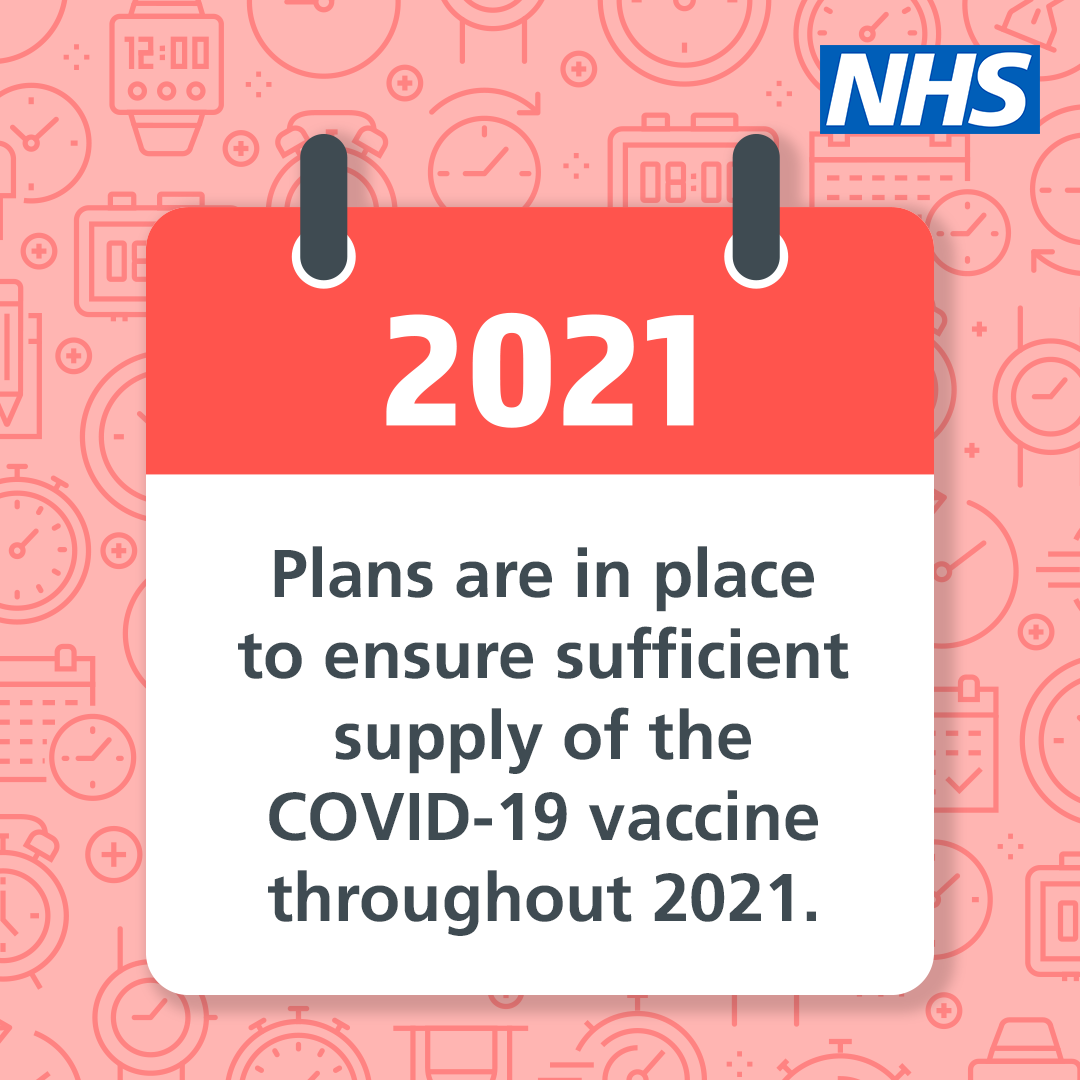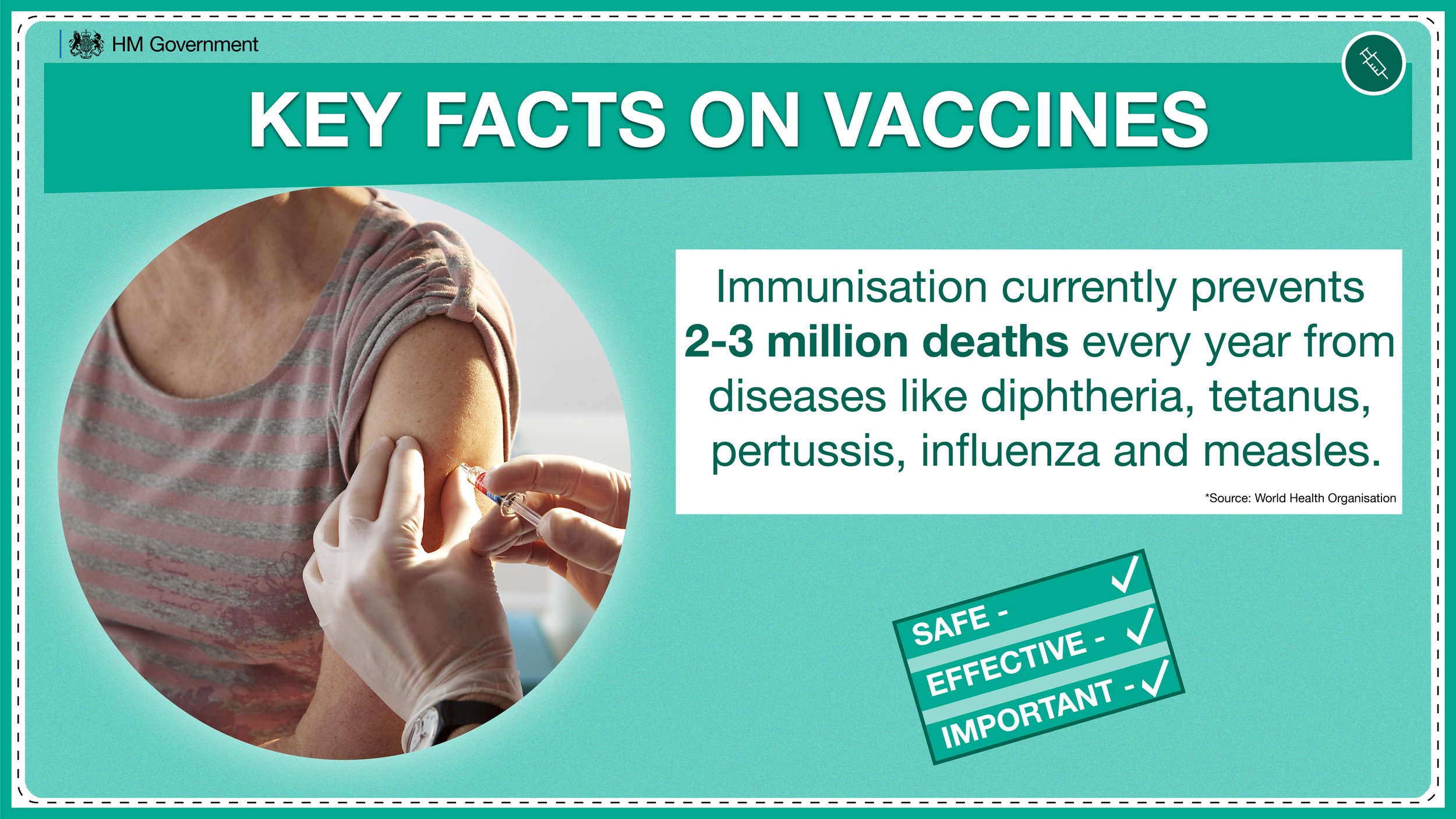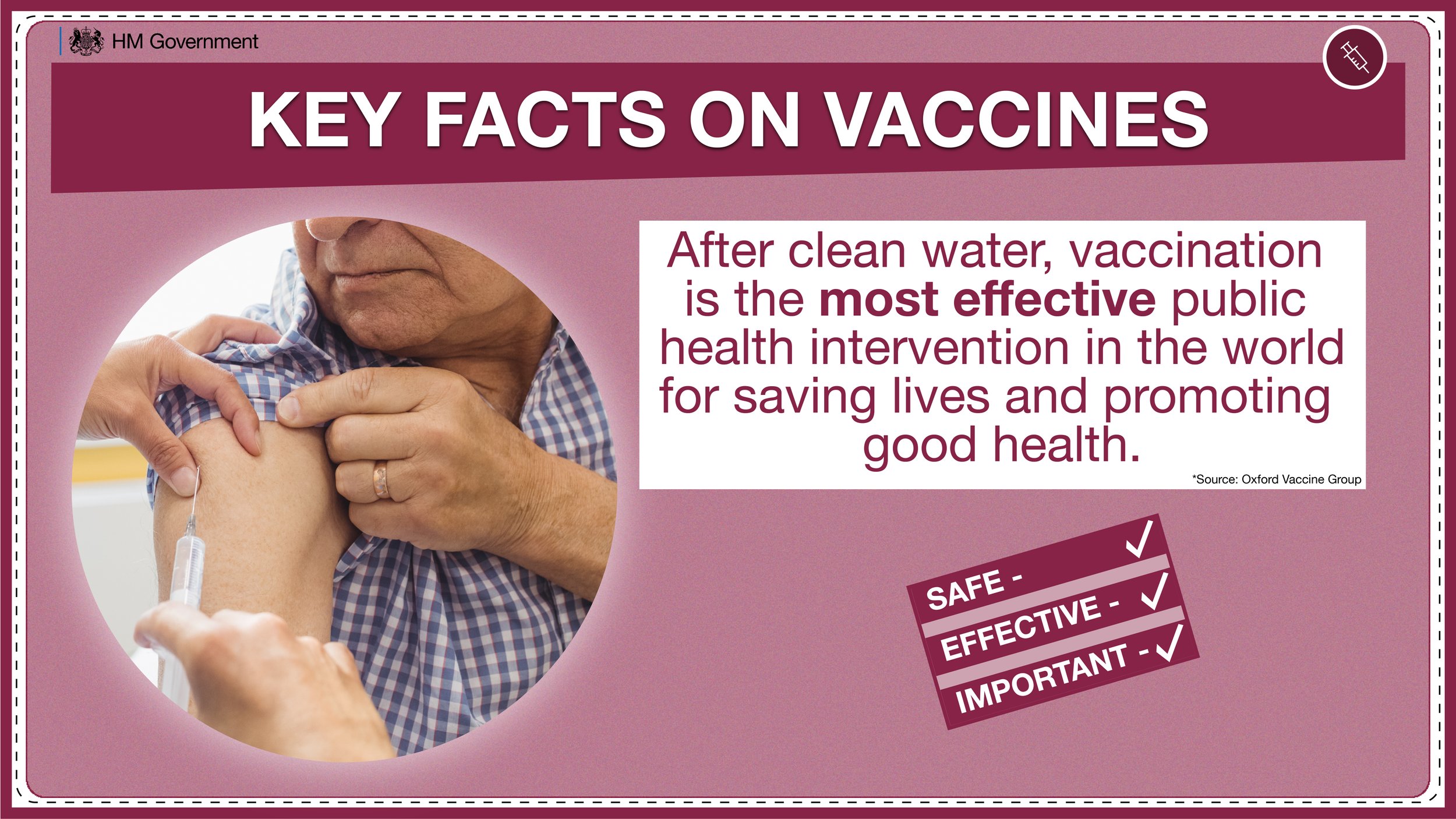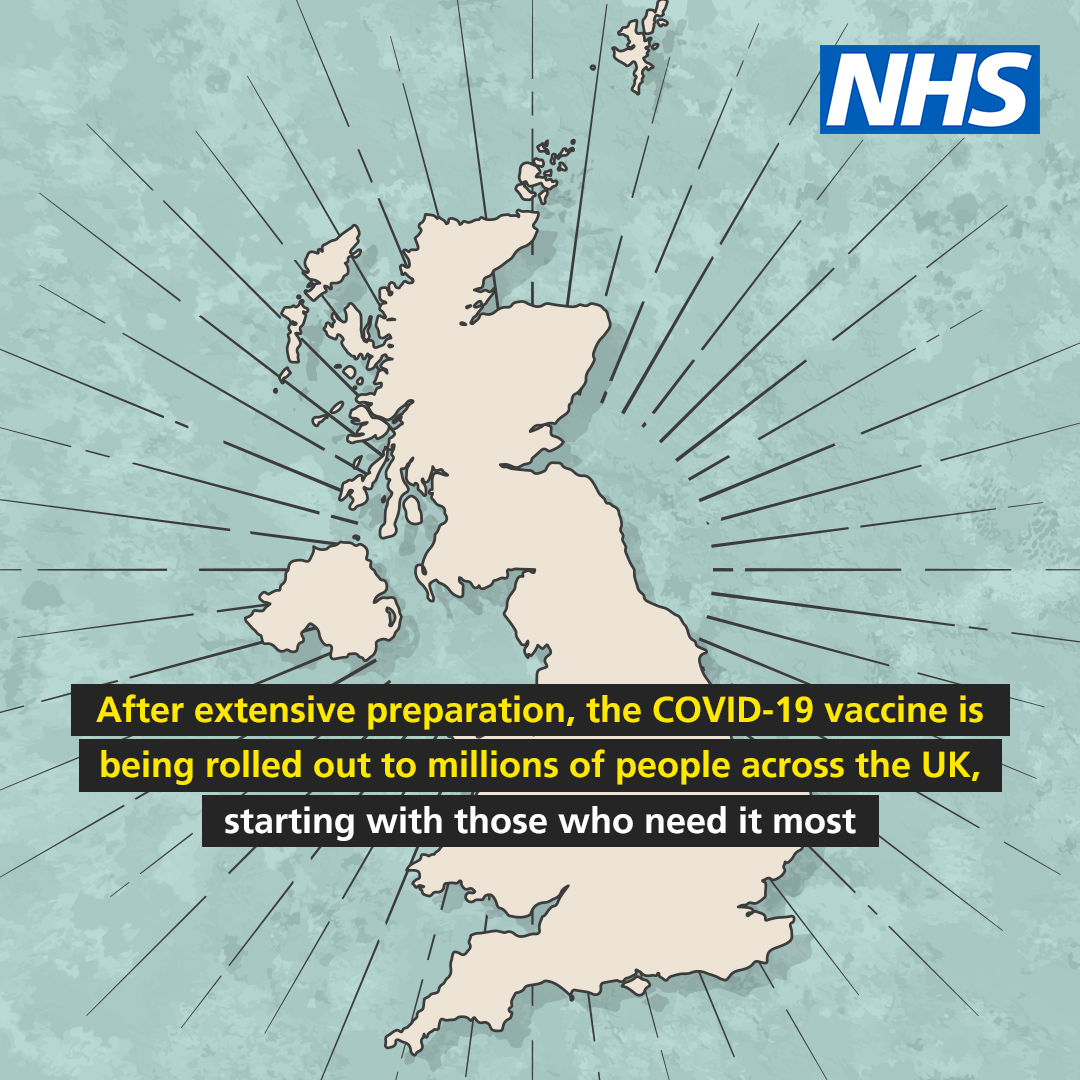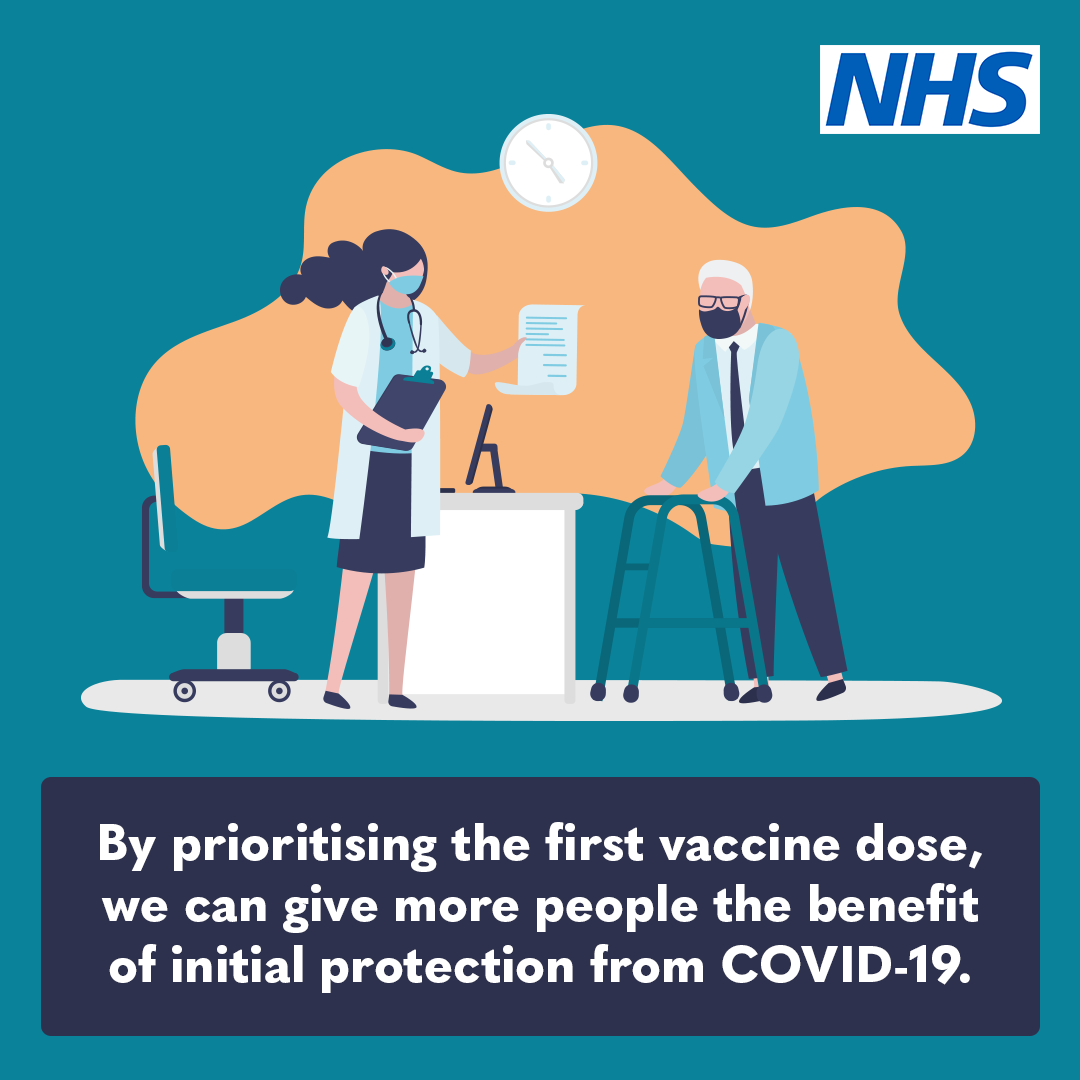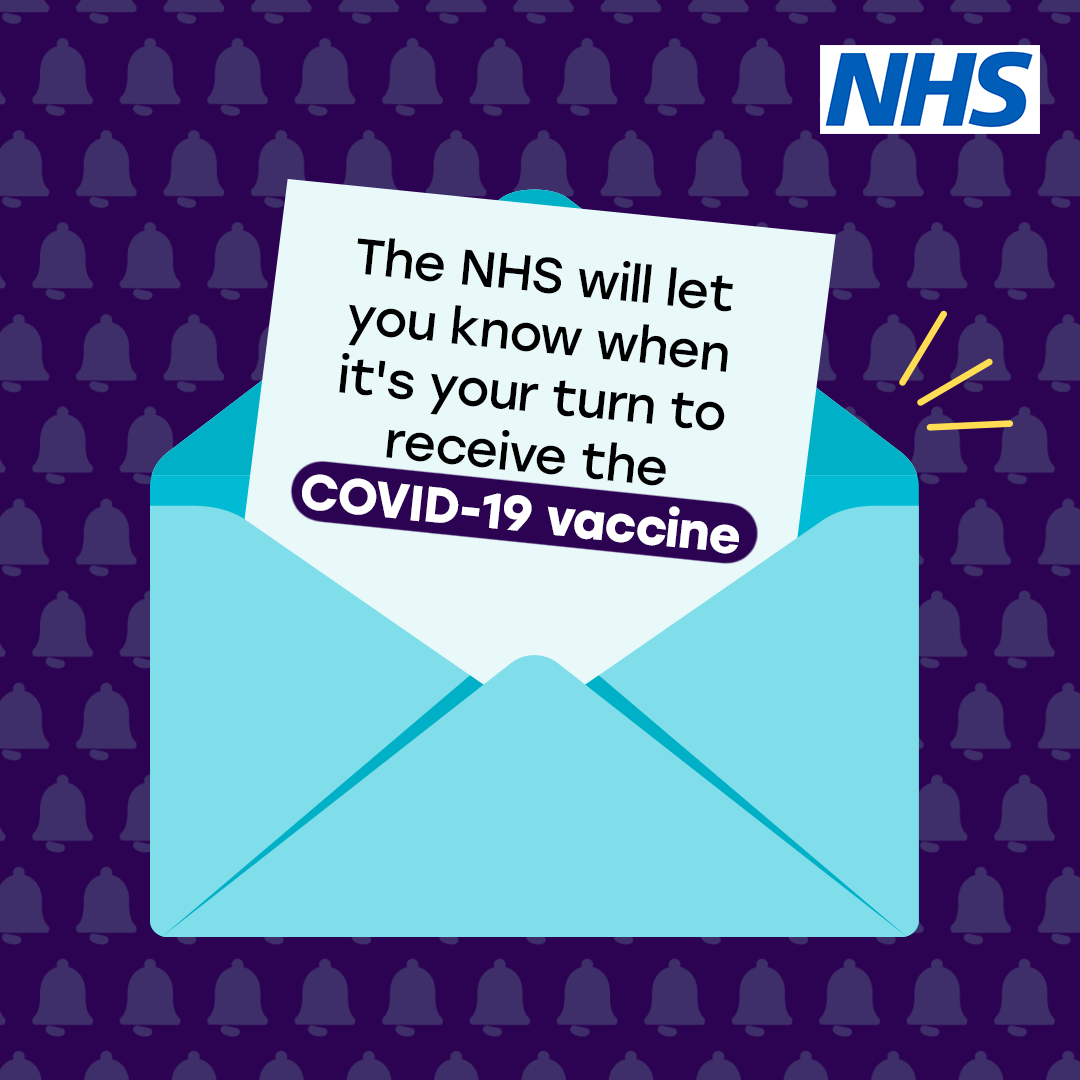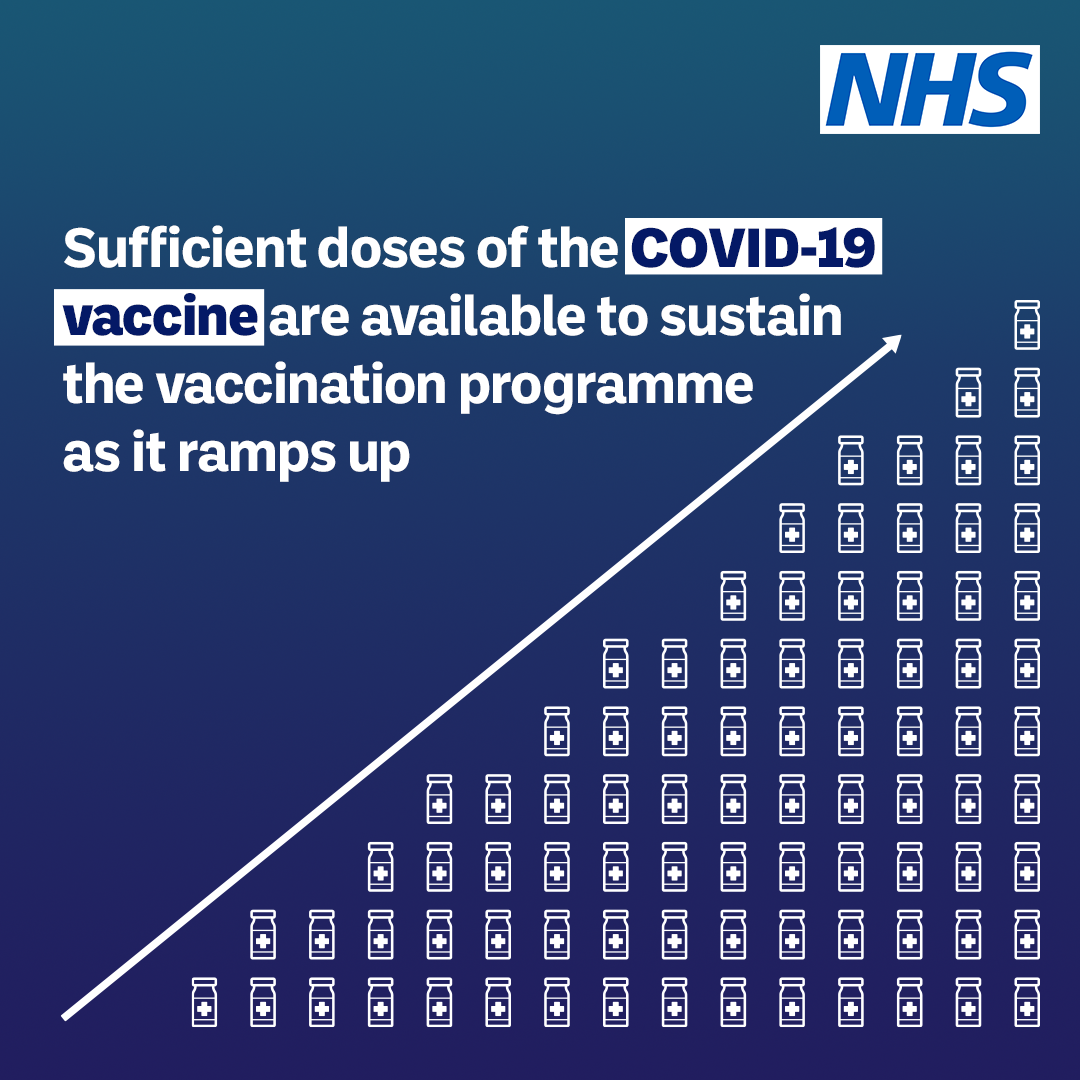Lightning Rods
‘Immunize and protect your child’, a poster issued by the World Health Organization in the 1970s.
“There’s no way I’d take that vaccine.” My friend and I were negotiating a muddy footpath on London’s Hampstead Heath. We hadn’t seen each other for several months, and were catching up over a socially distanced walk. She’d had a hard time of 2020, it transpired, and I’d offered that now, at least, a Covid-19 vaccine rollout was imminent. Just a few days earlier, on 2 December 2020, the UK had become the first country in the world to approve Pfizer and BioNTech’s new vaccine for widespread use.
There was an uncomfortable pause. My friend wasn’t an anti-vaxxer, she assured me. She was just concerned that the development of the Covid-19 vaccine had been extraordinarily speedy (I agreed it had); that, like the Moderna vaccine, it uses a new and complexsounding mRNA technology (it does); and that, according to rumours she’d heard on social media, it makes young women infertile (on this point there is, let me stress, no evidence). Fuelling her scepticism was also a sense of indignation. Whenever she tried to discuss her doubts, she explained, she got shut down and labeled a conspiracy theorist.
I wasn’t particularly keen to get into this argument. My trust in the decision of the UK’s Medicines and Healthcare products Regulatory Agency (MHRA), which had approved the Pfizer/BioNTech vaccine and which would authorise Oxford/AstraZeneca and Moderna’s vaccines in the month that followed, was evidently more solid than my friend’s. I had no idea of the material she had been looking at online, and was certainly not in a position to explain how mRNA works.
“Well, no-one’s going to make you take it,” I said, after a moment’s mud-trudging.
“There will be no compulsory vaccination. That’s not the way we do things in this country.”
That’s true. As of early 2021, the three vaccines are available only to the elderly, the at-risk, and frontline medical and care staff, should these groups wish to have it. As the rollout reaches younger age groups, to which my friend and I belong, the UK government has said that it will continue to be voluntary. “Let’s be clear,” said prime minister Boris Johnson in November. “There will be no compulsory vaccination. That’s not the way we do things in this country.”[1]
For a population to achieve collective immunity against an infectious disease like Covid, a certain threshold of vaccination coverage is necessary. This threshold depends on the disease itself, as well as the efficacy of the vaccine. For measles, it lies at 90-95 per cent; for polio, it’s around 80. According to the current line from the World Health Organization (WHO), “the proportion of the population that must be vaccinated against Covid-19 to begin inducing herd immunity is not known.” But an October 2020 study published in the American Journal of Preventive Medicine has suggested a figure somewhere between 60 and 75 per cent, depending on the eventual efficacy of the vaccines.
Whatever the exact threshold, the route out of the on-off lockdowns and restrictive measures we have suffered in the past year relies, in large part, on broad voluntary uptake of the Covid-19 vaccines. The thing is, my friend’s stance is by no means uncommon. The last 30 or so years have seen an alarming rise in vaccine hesitancy and refusal across the world, to the point where preventable infectious diseases which were nearly eradicated in the 20th century – polio, measles, whooping cough – have had fresh flare-ups in the 21st. In her 2020 book Stuck: How Vaccine Rumors Start – and Why They Don’t Go Away, Heidi J. Larson, an anthropologist and director of the Vaccine Confidence Project at London’s School of Hygiene and Tropical Medicine, describes “an emerging tsunami of skepticism around one of the most tried-and-true, life-saving health interventions in modern history,” over the course of her 20-year career in public health. Vaccines, with their inherent connection to government policy, public health programmes, and big pharmaceutical companies, have become lightning rods for much deeper forms of public mistrust.
With regards to Covid-19, attitudes to immunisation did not look so bad in the UK at first. According to findings published in The Lancet, only 11 per cent of Britons would refuse a Covid-19 vaccine in June 2020. However, this rose to 14 per cent in July. And in September, as the prospect of an effective vaccine was within reach, a UCL study found that 22 per cent of the UK population was “unlikely” to get vaccinated, while a preprint of a Nature Human Behaviour article showed that out of 4,001 Britons surveyed, only 54 per cent would “definitely” accept a Covid-19 vaccine. In addition to this, an Ipsos Mori poll showed that those charged with informing the public about the rollout – government officials, politicians, marketers, and, ahem, journalists – are the professions least trusted to tell the truth.
So that’s where we’re at. In addition to the logistical challenge of vaccinating millions in record time – the current goal is for every UK adult to be offered the vaccines by this autumn, making it the largest inoculation programme in British history – there is the non-trivial task of communicating the rollout to a hesitant public. What should the messaging be? How should it look? What sort of imagery would instil confidence in someone, like my friend, who has seen frightening posts about the vaccine online?
It struck me that this might in large part be a design challenge.
***
“Vaccination is one of your most effective defences against Covid-19,” reads a sponsored post in my Twitter feed.
It’s a pastel-hued .png with the NHS’s blue lozenge logo in the upper right-hand corner. Above the text, the central image is a schematic shield emblazoned with a green pharmaceutical cross. Bouncing off it are pink and green pathogens, including two particularly icky-looking ones, all bulbous yellow highlights and tentacular spike proteins. Defence, protection. The aesthetic is somewhat anodyne, but the messaging is solid enough. The text also acknowledges that there are other ways for your body to fight Covid-19. Crucially, there isn’t a needle in sight.
The image is part of a package of materials made available by Public Health England’s Campaign Resource Centre in December 2020 for anyone to download. It includes videos and animations for use on social media, graphics like the post I encountered in my feed, fact sheets, posters, and even email signatures. At the point of writing in January 2021, new files are steadily being added as the vaccine rollout continues.
“You can use images for building hope and confidence, and you can use them to undermine trust and create fear and anxiety.”
Several design teams seem to be behind the materials in the package, with a range of graphic styles employed and little consistency in motifs and emblems used. Most adhere to a friendly cartoon aesthetic, making nothing but abstract reference to Covid-19 as a disease. A small number seem somewhat ill-advised. A series of fact cards showing close-up photographs of needles piercing skin, for instance, are over-laden with text: “KEY FACTS ABOUT VACCINES”, one reads, followed by a glut of text but not too many hard facts: “After clean water, vaccination is the most effective public health intervention in the world for saving lives and promoting good health”; “Source: Oxford Vaccine Group”; “Safe ✓ Effective ✓ Important ✓”. In addition to the photograph of an injection, a small pictogram of a syringe punctuates the upper right-hand corner. Another social media .png features a bottle labeled “Covid-19 Vaccine” and the text, “You cannot catch coronavirus from the Covid-19 vaccine”, which has the unfortunate effect of suggesting that there is other information saying that you can. Why else it would it have to be negated?[2]
My request for comment from Public Health England and the Campaign Resource Centre didn’t yield any response. (They should, of course, be forgiven for not currently making design journalists their top priority.) But I was curious about the decisions that had gone into producing this imagery. What sort of research had the designers done? Were they aware of, and responding to, anti-vax memes circulating online? What is the current thinking on how best to communicate the importance of vaccines, and has that changed over time?
“It’s really hard to find an article on vaccines where they don’t have an image of a needle,” says Heidi J. Larson from the Vaccine Confidence Project when I call her to discuss my questions. “The lack of imagination is kind of shocking to me. I don’t think it’s been helpful for vaccines in general.”
In the past year, Larson has focused her efforts on investigating attitudes to Covid-19 vaccines. She was involved, for example, in putting together the ‘Guide to Covid-19 Vaccine Communications’ over the summer, a research project run by the Center for Public Interest Communications at the University of Florida College of Journalism and Communications in partnership with the United Nations. The guide is now available online in an easily digestible format, with eight core principles highlighted. One of these is ‘Emotions’: “It’s tempting to activate emotions like fear or shame to get people to take a vaccine,” the guide says. “But fear immobilizes us, and shame is likely to achieve the opposite reaction we’re hoping for. Look to more constructive emotions like pride, hope and parental love to get people to act.”
Larson believes that the administration of the first jab in the UK’s vaccination campaign provided a positive image and “Oh, I get it-moment” for onlookers, despite later confusion surrounding delayed second doses and poor official communications. “Seeing 91-year-old Margaret Keenan [the first member of the general public to receive the Pfizer/BioNTech vaccine] hugging her grandchildren,” she says, “it wasn’t just a closeup of the needle going into her arm, which I think is too often the case. The way it was presented showed the emotion of the relief in the outcome, and what you get out of getting vaccinated.”
Images like that of Keenan and her grandchildren matter. In a 2004 paper in the journal Risk Analysis, Paul Slovic, a Stanford psychology professor and expert in decision-making, showed how our emotions are easily swayed by “images and associations” when faced with decisions. This is something Larson has become increasingly interested in in relation to Covid-19. “Recently with my team, I’ve been working more and more on the role of emotions,” she says. “You can use images for building hope and confidence, and you can use them to undermine trust and create fear and anxiety.”
One study to come out of this is the Nature Human Behaviour preprint mentioned earlier. In it, Larson and her collaborators at Imperial College, University of Washington, and University of Antwerp organised a controlled trial involving 4,001 people in the UK and 4,000 in the US. “We were trying to assess the real impact of the images and misinformation on vaccine intent,” Larson explains. The team interviewed all 8,001 participants and asked if they would be willing to take the Covid-19 vaccine. The answers came back at around 54 per cent in the UK and 41 per cent in the US – well below herd immunity. “And then,” Larson explains, “for 1,000 in each country, we showed positive, factual, straightforward information, and for the other 3,000 in both countries, we showed five of the most frequently circulated pieces of misinformation about the vaccines, most of which were largely image-based with some text.” To give readers a flavour of the misinformation, one post presents Bill Gates as “The Vaccinator”, wielding a blood-filled syringe Schwarzenegger-style next to captions suggesting a coordinated genocide and mass sterilisation campaign. Another shows a technical diagram which wouldn’t look out of place in a genomics textbook, alongside text suggesting the vaccine turns recipients into “genetically modified human being[s].” Those subjected to the misinformation became significantly more wary of accepting a vaccine.
““The factual information had zero impact.””
The factual communications shown to the smaller groups were fairly inoffensive by comparison: images included a scientist in a lab coat; a syringe and a SARS-CoV-2 pathogen; pharmaceutical vials rolling out on a production line, accompanied by optimistic messages about the #covid19vaccine offering a safe way out of the pandemic. These images neither made people more nor less likely to get vaccinated. “The factual information,” says Larson, “had zero impact.” Should we take those findings as a prompt to ramp up visual rhetoric, then? To feature photographs of Covid-sufferers on respirators, making the risk of going unvaccinated more patently visible? Such tactics used to be more common in historical vaccination campaigns. Consider ‘Immunize and protect your child’, a poster issued by the WHO in the 1970s. Here, a cartoon strip takes the viewer through two scenarios: one in which a mother vaccinates her child against an unspecified disease, and another in which a second mother is shown shouting “I don’t trust your vaccines!” at a smiling doctor with a needle. Then, “disease strikes” in the form of retributive thunder and lightning and the first child, protected by a quasi-religious halo, lives. The unvaccinated child dies.
Neutral and factual messaging doesn’t appear to do much to inspire confidence, but the general consensus in public health strategy is that the tone employed in the WHO poster would also be counterproductive to vaccine uptake. It peddles fear and shame, and is astonishingly condescending to any parent who may have questions surrounding vaccination. What it does identify, however, is the feeling upon which vaccine acceptance hinges: it is not necessarily pride or parental love (those feelings can even fuel vaccine skepticism), but trust.
***
Accepting a vaccine relies on a complex chain of trust. The recipient needs to feel confident in their healthcare provider; the private or public health body for which that provider works; the government which has purchased the vaccine; the scientists who have developed it; and the pharmaceutical company which has manufactured it. Should any link in this trust-chain be eroded – suppose, for instance, that the UK government was felt to have made a shambles out of its response to the pandemic – it will be difficult to instil confidence through images and messaging alone. There are much deeper factors behind the rise in public mistrust in vaccines that communicators ought to take into account.
Sceptical attitudes towards vaccines are as old as vaccines themselves. An 1802 etching by the great satirical cartoonist James Gillray shows Edward Jenner – the pioneering English physician credited with creating the first smallpox vaccine in 1796 – administering his vaccine to patients at St Pancras Hospital. There is the painful jab in full view; there are the multiple syringes and medical accoutrements. There, too, is the fear of a new and strange-sounding technology: the inoculated patients are sprouting bizarre bovine appendages! The smallpox vaccine worked by injecting fluid from a cowpox blister into the patient’s skin. Jenner had observed that cowpox, a virus harmless in humans, provided people with immunity to smallpox, which killed tens of thousands annually in Britain alone. A boy in the etching holds a pot labelled – not entirely inaccurately – “vaccine pock hot from ye cow.” In fact, the word “vaccine” comes from the Latin “vacca”, for cow.
James Gillray’s 1802 etching lampoons Edward Jenner administering his smallpox vaccine to patients at St Pancras hospital.
It took time to build up public confidence in the smallpox vaccine, as well as others against cholera, tuberculosis, diphtheria and plague, among the many more which followed in the 19th century with the pioneering research of scientists like Louis Pasteur and Paul Ehrlich. The UK became the home of the first Anti-Vaccination League in 1866 after a series of parliamentary acts made smallpox vaccination compulsory. (For all of Johnson’s bluster that mandatory vaccination is “not how we do things in this country,” it was precisely how things were done in the Victorian era.) Unsurprisingly, coercion through penalties and even imprisonment did not go down well. “We prefer to take our chance with cholera and the rest rather than be bullied into health,” proclaimed The Times in 1854, as debates raged around the Public Health Act, the first of its kind when passed in 1848. Journals and pamphlets such as Henry Pitman’s Anti-Vaccinator followed, drawing support from those who deemed vaccines “humbug”, but also from those who primarily took issue with them being government-mandated. As the great historian of medicine Roy Porter has set out in his 1997 book The Greatest Benefit to Mankind, this was the era in which the very concept of public health was pioneered and tested – in which societies set to the gnarly task of “balancing individual rights against collective protection.” It wasn’t until 1909 that Parliament finally rescinded its policy of compulsory vaccination.
By and large, confidence in vaccines grew enough in the 20th century that smallpox became the first (and to date, only) infectious disease to be completely eradicated. My parents, who were born in the 1950s, were vaccinated against the disease, but I, a child of the late 80s, didn’t need to be – the WHO had declared its successful eradication in 1980. Polio, the childhood disease which struck terror into the hearts of generations of parents in the 20th century, has now also very nearly been eradicated, through the extraordinary efforts of campaigners and public health organisations across the world. (The US virologist Jonas Salk developed a widely-adopted vaccine against polio in the 1950s.) But what happened between the 1980s and now? What has brought on the “tsunami of skepticism” described by Larson?
It is tempting to point to specific events. Vaccines have saved countless lives – especially those of children – and remain among the most effective public health interventions in human history. That doesn’t mean they cannot have side-effects, or haven’t sometimes been developed under unethical circumstances.[3] In 1974, a UK report was published suggesting a link between the DPT (diphtheria, pertussis and tetanus) jab and neurological conditions developed by 36 children.[4] The findings led to a DPT vaccine scare, leading uptake to drop from 81 per cent in 1974 to 31 per cent in 1980, and eventually to a resurgence of whooping cough the scale of which hadn’t been seen since the 1950s. The panic spread to other countries too, particularly the US, where a TV documentary titled DPT: Vaccine Roulette helped stoke fears further. Another example from the same period involves a new strain of influenza that was identified in 1976 and feared to be a 1918-style pandemic in the making. A pandemic did not transpire, but a vaccine was nevertheless developed – it was found to make a small number of recipients ill with a rare neurological condition called Guillain-Barré syndrome. The fear of this condition in relation to new vaccines remains present: when I looked the syndrome up for this article, Google auto-completed my search term to “guillain barre covid vaccine”.
“Commercial vaccine manufacturers were unwilling to collaborate with those in the public sector as they had done a decade earlier. Scientific knowledge was being privatised.”
It is also tempting to point to individuals. Andrew Wakefield, a British former physician who was struck off the medical register after the publication, and later retraction, of a study in The Lancet suggesting a link between the MMR (measles, mumps and rubella) vaccine and autism, looms large here. The study, which only involved 12 subjects, was later found to have been fixed, and its findings have been universally debunked by the scientific community.[5] Yet, Wakefield continues his crusade against vaccines, directing the film Vaxxed: From Cover-Up to Catastrophe in 2016, touring the world, and drawing crowds who view him as a martyr for his cause. Wakefield’s influence was also augmented by the rise of online fora and social media in the 2000s and 2010s, platforms on which misinformation has the capacity to go, well, viral. The fallout from the MMR vaccine fraud has been stark: the uptake has dropped to the extent that the UK lost its measles-free status in 2019 after a series of fresh outbreaks in 2018. The WHO reported 142,000 deaths globally from measles in 2018, with most of the victims being children under the age of five.
“Wakefield and his acolytes are like the seed,” says Stuart Blume, emeritus professor of science and technology studies at the University of Amsterdam, who has worked on the history of vaccines for the last 20 years. “But the seed has to take root in fertile ground to sprout.” There are specific vaccine scares, individual fraudsters, and social media platforms which act as loudspeakers for dubious facts, but the “fertile ground” is irrigated by deeper forms of public mistrust, Blume argues. He and Larson both suggest that public health officials ought to reflect more on how public mistrust might be connected to the pharmaceutical industry itself. “Part of the problem is structural,” says Blume, while Larson, writing in her opening acknowledgements in Stuck, says: “My views have not always been welcomed, as they question some of modus operandi of the public health community.”
So what is this modus operandi and why does it matter to vaccine hesitancy? In Blume’s 2017 book Immunization: How Vaccines Became Controversial, he sets out an overview of how vaccines work, as well as providing a detailed history of their implementation in public health. For most of the 20th century, many industrialised European nations, as well as some US states, had publicly-owned serum institutes which developed and manufactured vaccines for their populations. However, “the tidal wave of free-market thinking” that occurred in the Reagan and Thatcher years, Blume writes, “had major implications for the development and production of vaccines.” In accordance with the ideological shift towards free markets and minimal states, countries began divesting themselves of the capacity to produce vaccines, closing or privatising serum institutes in a process that began in Australia and Sweden in the 1990s. An example is Denmark’s Statens Serum Institut, one of the world’s first when it was established in 1902. Since 2017 it has been run by the company AJ Vaccines, which is in turn owned by Saudi conglomerate Aljomaih Group.
In the mid-20th century, writes Blume, “knowledge was freely available and freely exchanged. Patents played little or no role in vaccine development at this time, and flow of virus strains or know-how were scarcely hindered by commercial interests.” He points to the example of Jonas Salk, who donated his polio virus strains to the WHO. That changed in the 1980s and 90s, as large pharmaceutical companies, rather than public bodies, began to spearhead vaccine production. “Commercial vaccine manufacturers were unwilling to collaborate with those in the public sector as they had done a decade earlier,” writes Blume. “Scientific knowledge was being privatised and, as a source of potential profit, was now rebranded as ‘intellectual property’.”
Today, the global vaccines market is very profitable. According to ‘Global Vaccine Market Features and Trends’, a 2013 report from WHO, global spending on vaccines went from some $5bn in 2000 to almost $24bn in 2013. The report predicted that that figure would reach $100bn by 2025 (that was, of course, before the pandemic). Vaccines, it would appear, have been thoroughly commodified. While governments have invested record sums into the development of the Covid-19 vaccines – the UK gave £210m to the international effort in March 2020 – this is not representative of the general tendency between the 1980s and today, which saw governments step back, big pharma step forward, and new private philanthropic organisations such as the Bill & Melinda Gates Foundation take on the mantle of investing in global public health. Does it matter that the decisions and priorities of public health programmes are in the hands of companies, private charities, and governments which rarely divulge, openly, the deals struck with industry? Blume suggests it does: “I think it makes a difference that people don’t know where the vaccines are coming from, and don’t have any control over the priorities that go into developing them.”
At the most extreme end of vaccine skepticism, in the nauseating kaleidoscope of online conspiracy theories, this recent history is still whirring around, but with baroque links being made between people and phenomena. Bill Gates wants to sterilise you with the Covid-19 vaccine, or at the very least use it to implant a microchip in you; evil pharmaceutical companies want to manipulate your DNA to turn you into something like a genetically modified crop; and governments, universities, and the media are conspiring to cover it all up. A particularly outlandish constellation of anti-Covid-19 vaccine groups that is currently flourishing on YouTube and Instagram has been termed “Pastel QAnon”. It constitutes an intermingling of wellness and naturopathy influencers (who have long held vaccine-skeptical views) and QAnon conspiracy theorists (who believe, among other things, that Democratic politicians and Hollywood celebrities are running a Satanic pedophile ring through several seemingly random businesses). As per Clio Chang’s Cosmopolitan report on Pastel QAnon, the belief that “Covid-19 [is] overblown, a hoax, or part of a government scheme to microchip everyone with a vaccine” is often what bridges these disparate groups.
Facebook announced in early December 2020 that it would update its Covid-19 policy and ban misinformation about the vaccines from its site – a difficult task given that the facts about them are continuously evolving. Faced with such clamp-downs, some anti-vaccine groups are simply moving their efforts offline. “With more and more restrictions online,” says Larson, “one of the latest things is all these [anti-vaccine] billboards and hoardings going up around the world. And they’re capturing the attention of people who are not looking for this stuff.” Suppression, then, is a Whac-A-Mole effort at best, and counterproductive at worst. After all, not everyone with questions about vaccines is a QAnoner, or even a vaccine refuser[6] – it doesn’t seem unlikely, however, that some might spiral that way if their perception is that tech billionaires like Mark Zuckerberg are controlling and shutting down the conversation.
“Once we have a younger generation of new doctors and health decision-makers who grew up with social media, they’ll be able to navigate it much better than the current ones.”
What is left, then, for communicators to do? A reinforcement of positive feelings – in the form of Margaret Keenan hugging her grandchildren after being vaccinated, say – is all well and good. Celebrity endorsement, one of the oldest forms of advertising, is also being employed by the UK’s public health authorities, according to plans leaked in December. In Blume’s view, however, the communication strategy around the Covid-19 vaccines should be more open about the things people say they’re most anxious about. “What seems to underpin most people’s objections or concerns is a fear of side effects,” he says. “What we see in the press releases are statements about efficacy, so 90 per cent or 94 per cent. But we don’t hear anything much about side effects. We’re told that there aren’t any, or at least not serious ones.” Maybe the vagueness of “Safe ✓ Effective ✓ Important ✓”-style messaging does little to assuage someone who is worried about potential side effects. Would a more persuasive fact card not include an acknowledgement of the small risk associated with vaccination (the Pfizer/BioNTech vaccine has been shown to produce adverse reactions in people with certain allergies, for example), while simultaneously setting out that the risks of developing Covid, and/or passing it on to others, are much greater on the whole? An acknowledgement of what we don’t yet know about the vaccines – how long they grant immunity, for example – may also not be remiss. These are reasonable questions to ask, and if they’re not readily addressed by official sources, many might turn to unofficial ones.
“We need to learn ways to engage better,” says Larson. “Because right now it’s really an imbalance. The anti-people are willing to make incredibly bold statements about topics they really don’t have credentials on, whereas the actual credible sources don’t want to put themselves out into that space.” Larson is hopeful that this can change. “I think it’s a transitional thing,” she says. “Once we have a younger generation of new doctors and health decision-makers who grew up with social media, they’ll be able to navigate it much better than the current ones.”
The main challenge remains structural, however, and that is a task well beyond the remit of designers and communicators, regardless of generation. “People would have more faith if they knew more about the contracts between governments and manufacturers,” says Blume. “We need more transparency, but there hasn’t been any.” Blume argues that those contracts, which include information on pricing, as well as the sharing of data between governments and companies, ought to be in the public domain. Instead, we get the occasional ministerial Twitter leak (Belgium’s budget state secretary, Eva De Bleeker, posted a quicklydeleted price list on the platform in December, detailing the amounts of each vaccine that Belgium intended to buy from the EU), and partially redacted documents (Israel recently made its data-sharing deal with Pfizer public, but obscured the parts of the contract relating to pricing). At the same time, it is unclear where the legal liability for damages, should recipients experience rare side-effects of the vaccines, lies. In many instances, it is governments, not pharmaceutical companies themselves, which would need to make compensations – the United States, for instance, has granted manufacturers total legal immunity, in order to spur the development of the vaccine.
The optics of all this could certainly be construed as, well, dodgy, even if the reality is simply the normal machinations of a market-driven vaccines industry. It might just be that those machinations should be reconsidered, given that they instil in people such widespread feelings of fear and mistrust.
1 Going forward, however, border authorities and airlines may require immunisation certificates from passengers (the Australian airline Qantas, for instance, has committed to this), as is already standard practice with other infectious diseases. Certain employers, notably in the health and care sectors, may also be able to mandate vaccination if it can be classified as a “reasonable instruction”, with noncompliance being grounds for fair dismissal. This, of course, smacks a little too much of coercion, and seems unlikely to be widely implemented.
2 For the record, you can’t. But side effects may include a spell of fever and muscle ache – a sign that the recipient’s immune system is responding to the vaccine.
3 An example of the latter is one of the many horrific revelations to come out of the ongoing inquiry into Ireland’s mother-and-baby institutions: throughout the 20th century, children from such homes were made to participate in clinical vaccine trials without any effort to seek consent from their parents or guardians.
4 It was later discovered that babies may have been mistakenly injected with a cholera vaccine for adults, due to an alarming clerical error on the part of GlaxoWellcome, the manufacturer of both vaccines.
5 While the autism link is unproven, Larson points out in Stuck that “there is evidence confirming other vaccine-related risks, such as occasional febrile (fever-related) seizures following MMR immunization, which researchers in Denmark have found Image courtesy of the Wellcome Collection. are caused by a genetic variation in some children.”
6 As shown by the multiple studies cited at the top of this article, an increasingly common stance is to be “hesitant” about vaccination, rather than refusing it outright.
Words Kristina Rapacki
This article was originally published in Disegno #28. To buy the issue, or subscribe to the journal, please visit the online shop.


